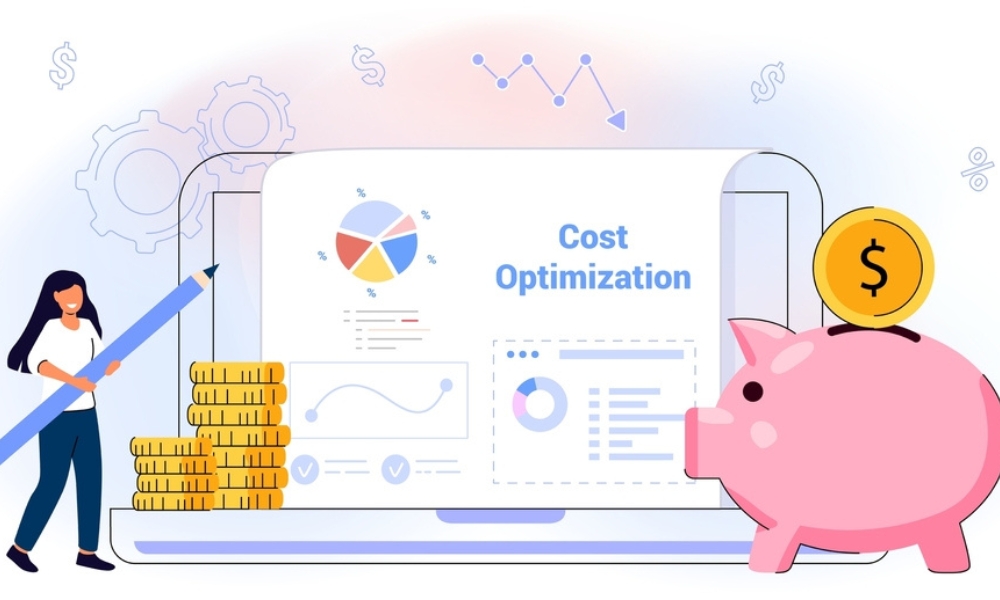As a builder in today’s highly competitive construction industry, developing a comprehensive marketing plan is vital for standing out. Whether you’re a small contractor or a large construction firm, having a clear and actionable marketing strategy can significantly enhance your visibility, attract new clients, and grow your business. But how exactly do you structure such a plan to ensure your business thrives?
In this post, I’ll walk you through the essential components of a marketing plan that every builder needs, helping you create an effective roadmap for success. I’ll also share insights into the best practices that can help you optimize your efforts across various channels, ensuring maximum reach.
In this guide, you’ll learn:
- How to create a compelling Executive Summary that outlines your business goals.
- The importance of a Market Analysis and Competitor Insights for identifying opportunities.
- Building detailed Buyer Personas to better understand your target clients.
- How to set Marketing Objectives and KPIs for measurable success.
- Selecting the right Marketing Channels to effectively reach your audience.
- Crafting a realistic Pricing Strategy and allocating your Marketing Budget effectively.
Now, let’s dive into these components and break them down.
1. Executive Summary: Laying the Groundwork for Success
The executive summary is a brief yet crucial part of your marketing plan. It outlines the core purpose of your marketing efforts, highlights your main goals, and provides an overview of the strategies you’ll be using. For a builder, this is where you define your objectives, whether that’s expanding your client base, increasing project leads, or improving brand awareness. Think of it as a snapshot of your entire marketing strategy, providing clarity for your team and any stakeholders involved.
2. Market Analysis: Understanding the Construction Landscape
Conducting a thorough market analysis is critical for builders to stay ahead of the competition. This involves examining your current market position, identifying emerging trends, and assessing customer needs.
A strong market analysis should include:
Industry Trends:
Understand current shifts in the construction industry, such as new technologies, green building practices, or government regulations.
Target Clients:
Determine who your ideal customers are, whether that’s residential homeowners, commercial developers, or municipal contracts.
Unique Selling Proposition (USP):
Clearly identify what sets your business apart from others. Do you offer faster build times, more sustainable construction, or specialized expertise in a certain type of project?
By addressing these areas, you’ll gain valuable insights into where your business fits and where opportunities lie for growth.

3. Competitor Analysis: Gaining an Edge
Understanding your competitors is essential to shaping a strong marketing strategy. Look at who your competitors are, what they’re offering, and how they communicate with their customers. Identify their strengths and weaknesses, then figure out how you can differentiate your services.
Conducting a competitor analysis involves:
- Reviewing your competitors’ websites and marketing materials.
- Monitoring their social media activity and the type of content they share.
- Analyzing their customer reviews and feedback to see where they excel or fall short.
By understanding their strategy, you can adjust your own tactics to position your business more effectively and attract your target audience.
4. Target Market and Buyer Personas: Connecting with Your Ideal Clients
Once you’ve done your market and competitor analysis, it’s time to dive into your target market and buyer personas. Creating detailed buyer personas will allow you to understand who your ideal clients are, their pain points, and what they’re looking for in a builder.
Consider these aspects when developing your personas:
Demographics:
What is the age, income level, and family situation of your typical client?
Location:
Are they located in urban areas or suburban neighborhoods? This is important for local SEO and marketing.
Pain Points:
What challenges do they face in their construction projects? Do they struggle with finding reliable contractors or keeping projects on schedule?
Buying Behavior:
What factors influence their purchasing decisions? Is it cost, reputation, or project timelines?
These personas will act as a guide for tailoring your marketing strategies to meet the specific needs of your clients.
5. Marketing Objectives and KPIs: Measuring Your Progress
No marketing plan is complete without clearly defined objectives and key performance indicators (KPIs). Setting specific, measurable goals is essential for tracking the success of your campaigns. For a builder, these objectives might include increasing website traffic, generating more inquiries, or converting leads into paying clients.
Common KPIs to track in the construction industry:
Leads Generated:
How many potential clients are reaching out to inquire about your services?
Website Traffic:
Is your website getting more visits from prospective customers?
Conversion Rate:
What percentage of leads are becoming clients?
Client Satisfaction:
Measuring customer feedback and reviews can provide insights into your business’s performance.
These KPIs will allow you to fine-tune your strategies and focus on what’s working.
6. Pricing Strategy: Getting It Right
When it comes to pricing your services, there are several strategies to consider. For builders, you want to strike a balance between competitiveness and profitability. Here are a few pricing strategies you might use:
Competitive Pricing:
Base your prices on what similar builders in your area are charging. This works well if you’re just starting out and need to remain competitive.
Penetration Pricing:
Set lower prices initially to attract more clients, then gradually increase prices as your reputation grows.
Premium Pricing:
Position yourself as a high-end service with a premium offering, such as custom homes or luxury projects.
Choosing the right pricing strategy will ensure you remain competitive and profitable while meeting your clients’ expectations.

7. Marketing Channels: Reaching Your Audience
Once your pricing strategy is in place, the next step is selecting the best marketing channels to reach your target audience. Builders can leverage a variety of channels to increase visibility and generate leads:
Local SEO:
Optimize your website to appear in local search results when clients are looking for builders in your area.
Social Media:
Platforms like Facebook, Instagram, and LinkedIn are great for showcasing completed projects, sharing client testimonials, and engaging with potential clients.
Content Marketing:
Start a blog or YouTube channel where you share insights into construction trends, project management tips, or before-and-after project galleries.
Google Ads:
Running PPC campaigns can help you target clients in your area who are actively looking for construction services.
By selecting the right mix of channels, you can maximize your outreach while staying within your marketing budget.
8. Budgeting: Allocating Resources Effectively
A marketing plan wouldn’t be complete without a budget. Allocate your resources wisely to ensure you get the best return on investment. Consider the costs associated with each marketing channel and activity, from social media advertising to professional website design.
Make sure to factor in costs for:
Advertising:
Whether it’s online ads or print materials, plan how much you’re willing to spend to generate leads.
Website Maintenance:
Your website is a vital tool in your marketing efforts, so budget for its upkeep and potential upgrades.
Content Creation:
If you’re investing in blog posts, videos, or other content, ensure you have a budget for high-quality production.
Having a clear budget will help you stay on track and avoid overspending.
Elevate Your Brand with Our Design Services
If you’re looking to take your marketing plan to the next level, consider investing in professional branding and design services. At [Your Company Name], we specialize in helping builders create a strong, recognizable brand that resonates with your target audience. Get a Free Sample of our services today and start building a marketing plan that works.


